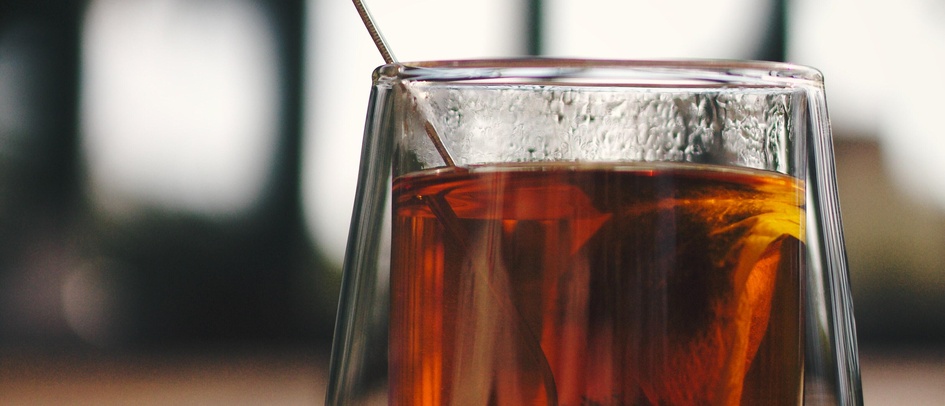Rooibos comes from the Aspalathus Linearis plant, a plant from the legume family that only grows in Soutch Africa. Rooibos tea, also known as rooibosch, red tea or redbush, is an herbal tea and therefore contains no caffeine. Rooibos tea is one of the healthiest herbs in the world. This plant is only found in the South African mountain region of Cederberg. The area is located north of Cape Town and roughly halfway to Springbok, in the Western Cape coastal province.
Around the 19th century, the original inhabitants of the Cederberg, South Africa discovered that they could make a tasty drink form the needle-like leaves of the Aspalathus Linearis plant. In the early 20th century, a Russian immigrant understood the value of the rooibos and decided to trade it. He bought the rooibos from the residents then sold it on, thus introducing the rest of the world to the soft, slightly sweet drink. Rooibos is still immensely popular in the world, and especially in South Africa itself.
Rooibos tea can be used to supplement antioxidants and minerals. Minerals such as calcium, potassium, magnesium, iron, zinc, sodium, AHA-acids, fluoride, copper, and manganese. In addition, rooibos is also packed with polyphenols. All these active ingredients help against various ailments. You can think of hay fever, asthma, and stomach complaints, but also for healthy aging and strengthening limp hair and fragile nails.
Rooibos is naturally not red; the leaves are green. The leaves get the red colour during the processing process. This tea made by picking, pounding, and oxidizing the plant’s needle-shaped leaves in the sun. During this last step, the oxidation, is the process by which rooibos gets its taste and aroma. In this step rooibos also gets the recognizable reddish-brown colour.
Influences of the Netherlands
The orange touch on the rooibos is due to the history with the Dutch. Before the Netherlands was familiar with this tea, the local population had already planted, harvested, and processed the rooibos. This was done by the “Bushmen”, “Boesmans” (African), of the “San” people, the rooibos has been used for hundreds or thousands of years.
The Netherlands came to mix with rooibos in 1652, when the VOC had established a refreshment station at the Cape Town. The arrival of the Dutch brings with it number of cultural characteristics, including drinking tea. The early settlers started, partly because of the price, by enriching tea with the native Fynbos shrubs (Aspalathus Linearis).
Around 1700 settlers discovered that in the Cederberg area a tasty and aromatic tea could be made with the fine needle-like leaves of the Aspalathus Linearis plant. The first Dutch settlers started drinking rooibos as an alternative to the expensive black tea form Europe. It therefore owes its name to the Dutch. Rooibos is a modernization of the original spelling, Roodbosch.

